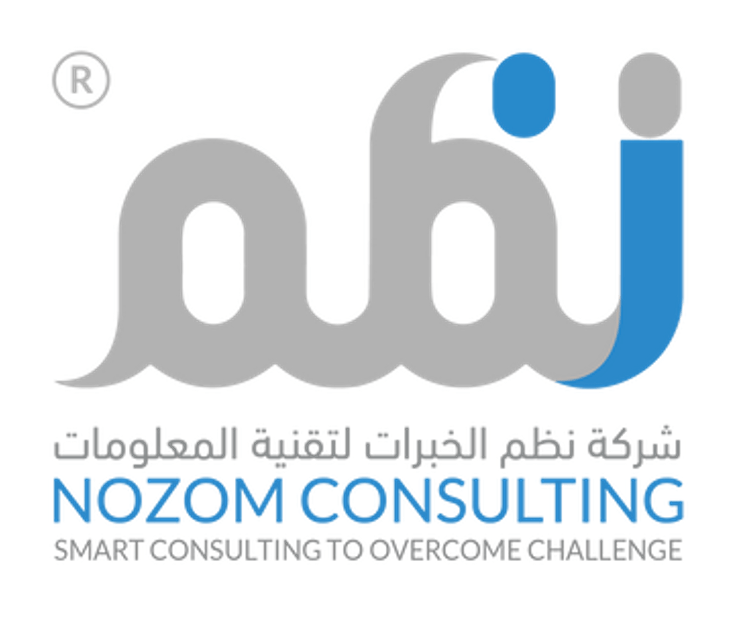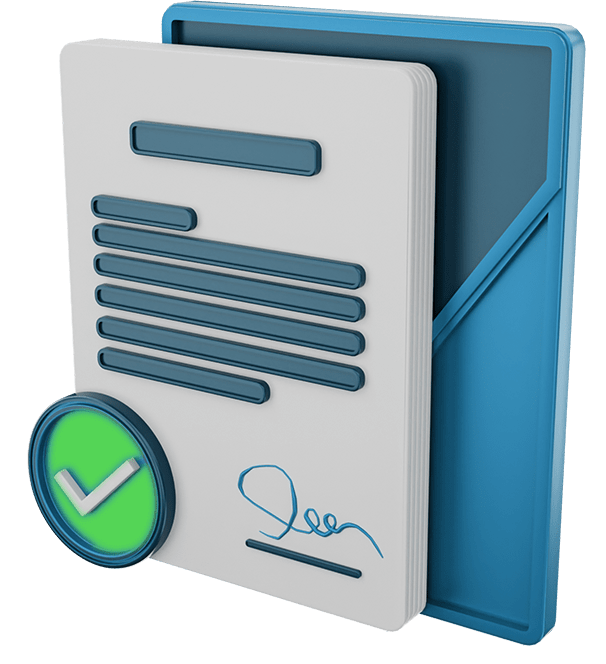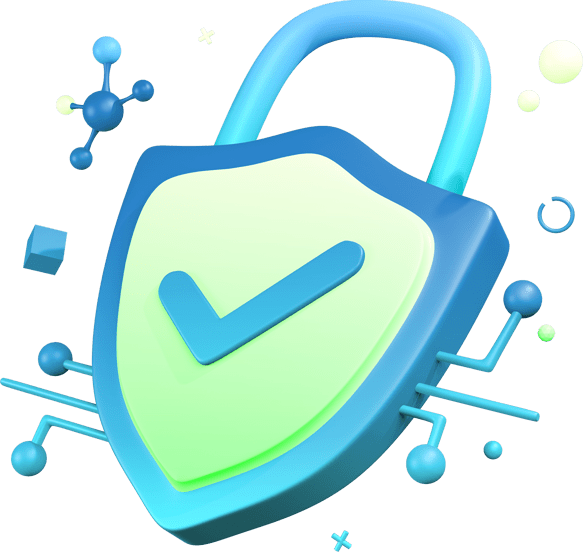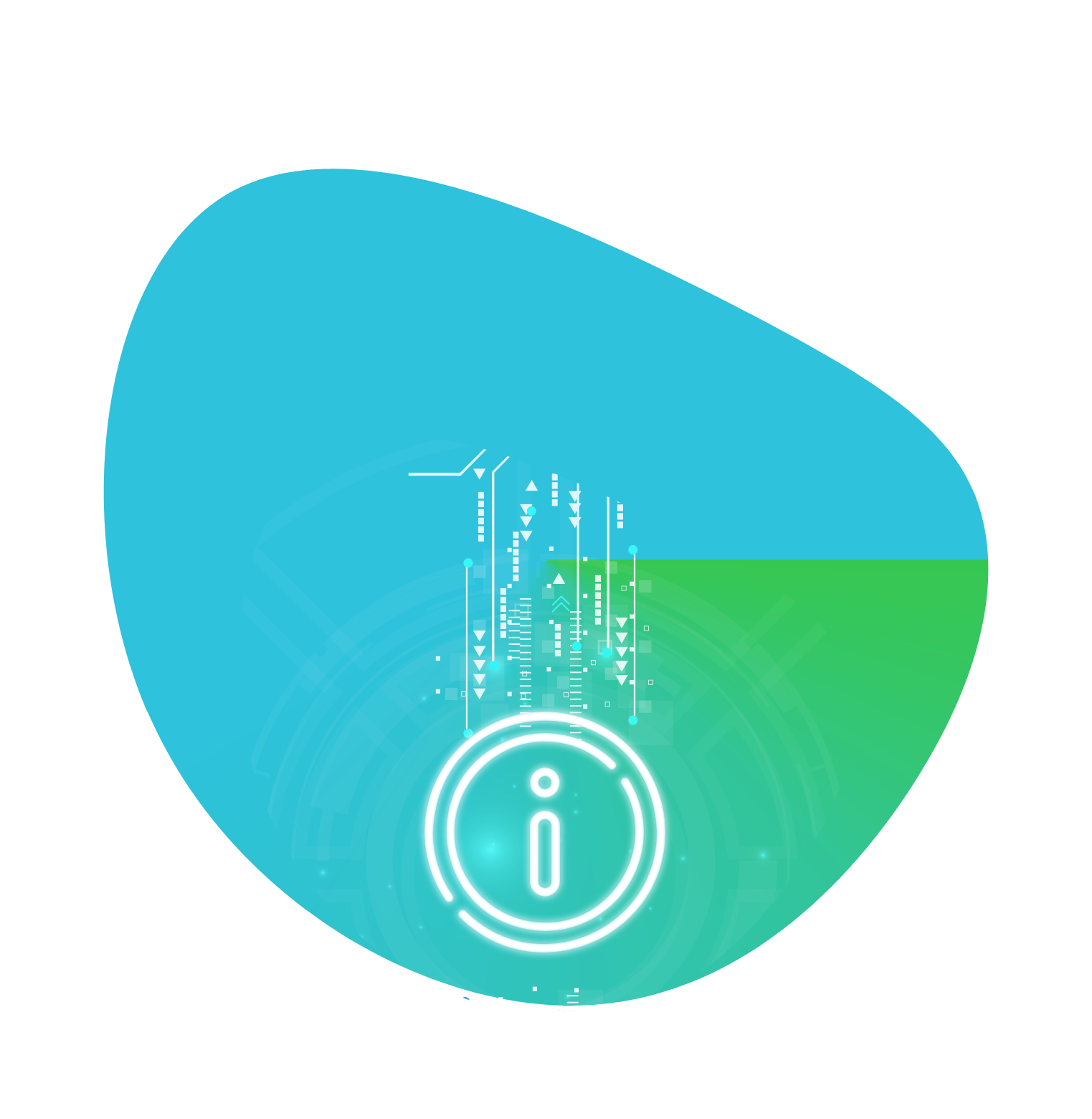Enterprise Architecture As-Is and To-Be Architecture
A structured way to baseline today, design tomorrow, and manage the transition—so change is coherent, traceable, and faster to deliver.
Why it matters
As-is and to-be architectures are core steps in modern EA practice: understand the baseline across business/data/app/tech, define a target state, then govern the transition. TOGAF® formalizes this within the ADM, supported by stakeholder-oriented views and viewpoints; ArchiMate® provides the common notation to express them clearly. In Saudi public entities, NORA explicitly includes building current and target architectures as lifecycle stages.
How the As-Is & To-Be architecture is produced
- Scope & Stakeholders: Confirm scope (business capabilities, value streams, data domains, applications, platforms) and stakeholder concerns to guide what must be modeled and why. (TOGAF® views/viewpoints; ISO 42010).
- As-Is (Baseline) Architecture: Capture current capabilities, processes, data flows, application landscape, integrations, and technology stacks; identify pain points (duplication, manual handoffs, tech debt). (ADM baseline concept).
- To-Be (Target) Architecture: Define the desired end-state across the same layers with guiding principles and constraints; express alternatives and trade-offs using standard viewpoints and patterns. (TOGAF® target architecture guidance).
- Traceability: Link elements across layers—capabilities, processes, data domains, applications, platforms—so design choices are testable and auditable. (ISO 42010 correspondence & traceability).
- Gaps & Requirements: Derive requirements from differences between as-is and to-be; classify gaps (people/process/tech/policy) and estimate value/risk. (ADM practice).
- Transition Architecture & Roadmap: Sequence interim states and releases; align to the portfolio and stage gates; maintain a change log and decision history. (TOGAF® ADM).
- Governance & Evidence: Operate review checkpoints and decision logs; update the EA repository after each change for a single source of truth. (TOGAF® governance + ISO 42010 description rules).
- Public-sector alignment (as needed): Cross-reference artifacts to NORA stages covering current and target architectures for accreditation readiness.
What you get
- Baseline & target packs (business, data, application, technology) with stakeholder-ready views.
- Traceability model linking capabilities, information, systems, and platforms (ISO 42010-aligned).
- Gap analysis & requirements with value/risk rationale and quick-win candidates.
- Transition roadmap with interim architectures, dependencies, and stage gates tied to the portfolio.
- Governance kit: review criteria, decision templates, and repository updates for auditability.
NORA mapping (if public) for current/target architecture stages and evidence indexing.









